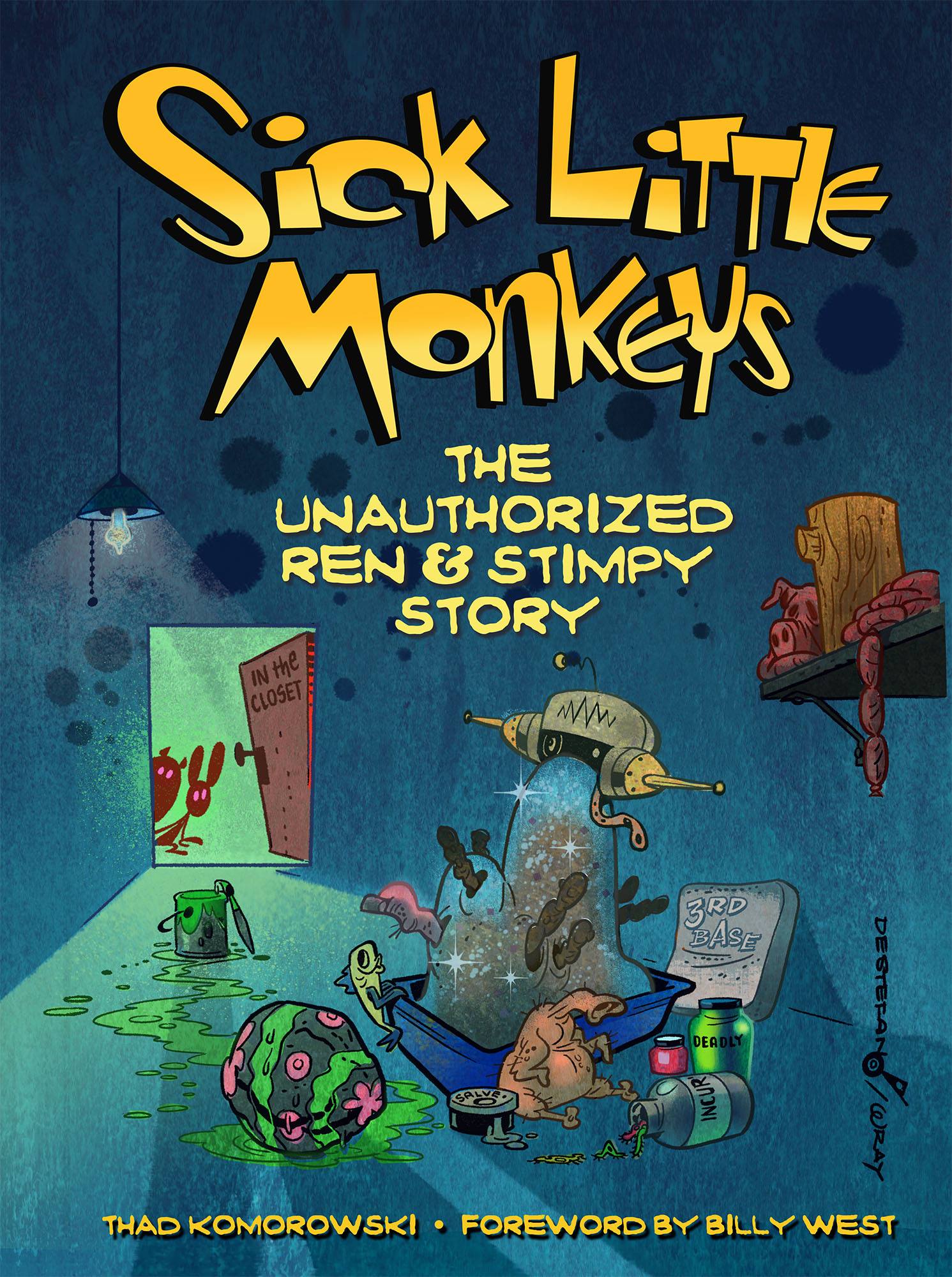I hadn’t seen this 1955 Terrytoon, Park Avenue Pussycat, before I watched it with Charlie Judkins last week, and for some reason, I was laughing harder at this than any other Terrytoon I can remember. Maybe it was all of that great Jim Tyer footage or the youngest pigeon “Wack”, but it was probably the music by Phil Scheib heard for most of the cartoon that did it. It’s somewhat akin to the scores being recorded for TV prints of silent cartoons, but really, no words can describe the otherworldliness and incongruity of this soundtrack. And what’s with them animating dialogue but not recording anything but the narration? A bowl of WTF, for sure. This was originally made in Cinemascope, but alas, I can only share a flat version.
Pages
Archives
Blogroll
- Animation Scoop (Jerry Beck)
- Bray Animation Project (Tom Stathes)
- Cartoon Research (Jerry Beck)
- Cartoons on Film (Tom Stathes)
- Chuck Redux (Chuck Jones)
- David Gerstein
- Early NY Animators (Charlie Judkins)
- Hans Perk
- J.B. Kaufman
- Jaime Weinman (Archive)
- Jenny Lerew
- John Vincent
- Josh Latta
- Kevin Langley
- Mark Kausler
- Mark Mayerson
- Michael Barrier
- Michael Sporn
- Misce-Looney-Ous
- Mr. Magoo's Christmas Carol (Darrell Van Citters)
- Popeye Animators (Bob Jaques)
- She Blogged By Night
- Stanley Stories (Frank Young)
- Supervised by Fred Avery (Frank Young)
- Thrilling Days of Yesteryear
- Tralfaz
- Warren Leonhardt
- When Magoo Flew (Adam Abraham)
- Yowp
Thad’s Books
What About Thad? · Thad Komorowski's Blog
Proudly powered by WordPress
·
Theme: Pilcrow by Automattic.


Originally released in January 1956, and directed by Connie Rasinski. The use of a carillon for most of a cartoon was indeed unique (and, in the tradition of Paul Terry, “cheap”). The score at 5:07-5:52 was reused in the 1956 Terry Bears cartoon, “Baffling Bunnies” [during the scene where Pago drags Papa Bear all over the forest- “Whoa, Pago! WHOA!!!”].
Because for whatever reason Terry opted not to use any of their main characters in the pre-Deitch widescreen releases, the CinemaScope Terrytoons are possibly the most wonderful, magnificent storehouse of (relatively) big-budget WTF-iness in animation history, whether it’s strange new characters, oddball plot lines or music tracks that sound like Phil Scheib was preparing to create one of those New Age CDs they play on continuous loop in resort spas. The Deitch widescreens may have broken the mold from what everyone expected a Terrytoon to be, but you can at least see whether the thinking was going in those cartoons — the thought patterns here seem to be that Paul felt about CinemaScope roughly the way Chuck Jones felt about 3-D and gave even less on a damn what went into the cartoons than in his regular budget-conscious efforts.
I wonder if the soundtrack wasn’t tampered with for showings on CBS in the ’60s? The incongruous music, sound effects and the device of the bland narrator reading lip-animated dialog all seem out of whack for conservative-penny pinching Terry. These factors are alien to the Terry output. When the real score kicks in, late in the cartoon, it feels more right… If that adjective can, indeed, be applied to this very wtf cartoon!
Now I really wish I picked up that IB scope print that Colin Kellogg was trying to sell for ages years ago…
There is animation at the start of this cartoon that looks like it was animated to a beat that doesn’t exist in the current soundtrack, which leads me to believe that something happened between the planning and completion of this cartoon. I’d love to know the story behind this. I wonder if Phil Scheib was fired before this cartoon got completed and they just hacked together something so that they could release it. Or maybe the audio track was recorded and ruined in the lab or something and Terry was too cheap to remake it. I can’t believe that even Terrytoons would put out such an odd soundtrack.
But Scheib was never fired, was he? He scored almost all of the Deitch era shorts to the best of my knowledge. Again, where is that IB scope print when you actually need it!
Then I’m guessing something got destroyed in the lab and Terry cheaped out. I can’t think of any other reason why this cartoon should be different than all the others released at the time.
Scheib lasted until 1966 or so, his final credit being the last Heckle and Jeckle short “Messed Up Movie Makers”. According to Leonard Maltin he retired, with Jim Timmens taking over as the composer.
Thanks for posting the cartoon, BTW.
He died in 1969 according to the IMDb, so that was pretty much his whole career.
I want to see more of these mid-50s CinemaScope Terrytoons to see how many more oddities I can find and watch. This one was strangely delightful and outright bizarre and Jim Tyer’s animation obviously top notch and hilarious as always. The Scheib score kind of creeped me out, especially when the usual music came back near the end of the cartoon.
The weirdest bit of narrated dialogue comes after the “normal” music score kicks in. Can you imagine if Columbia ever tried this approach to dialogue??